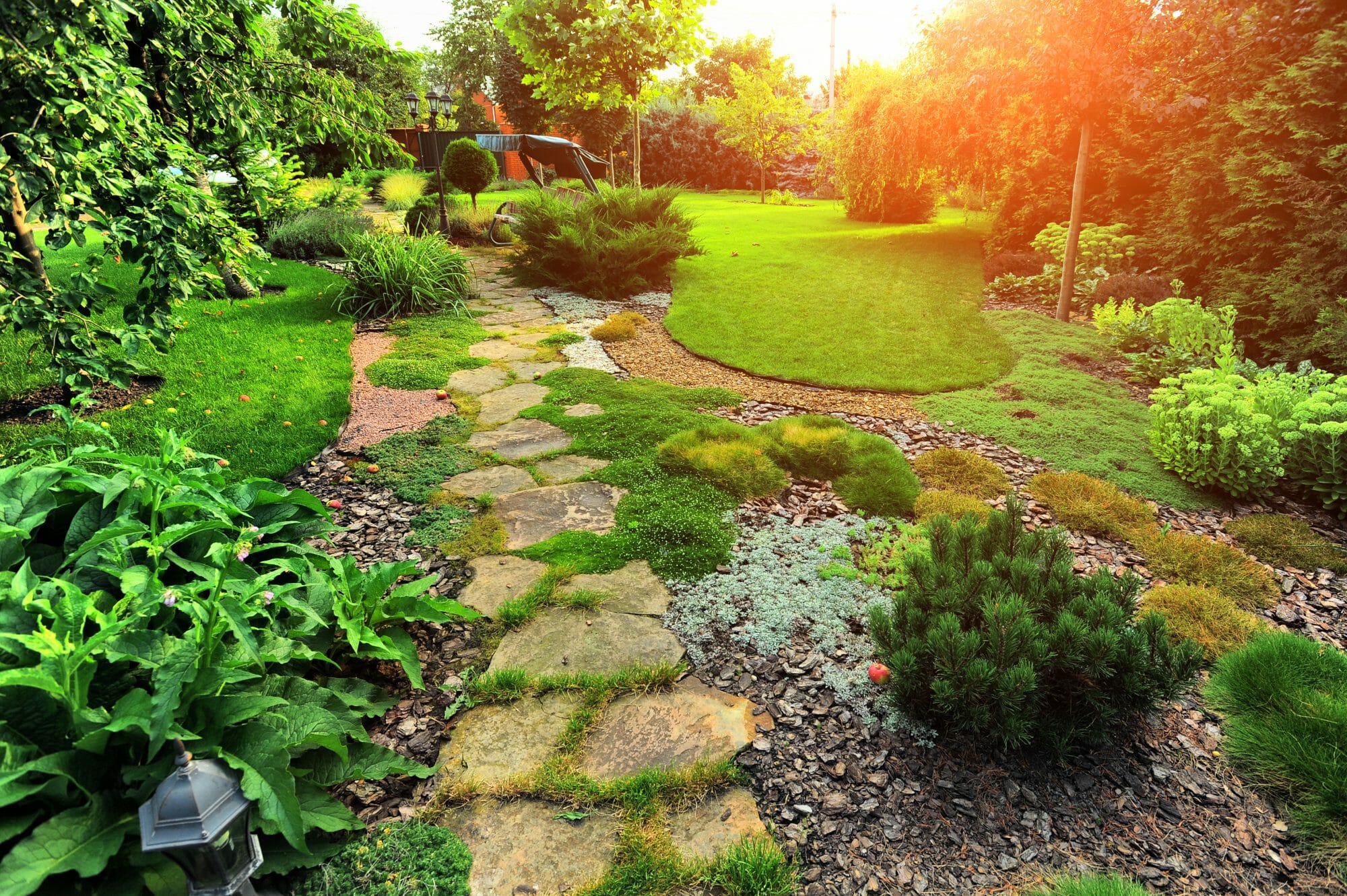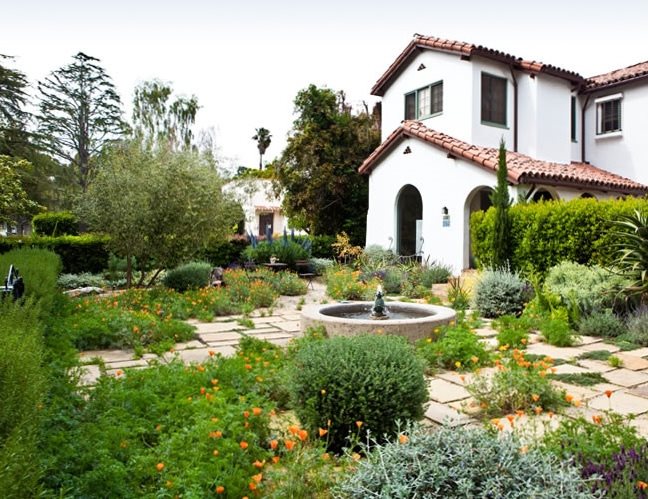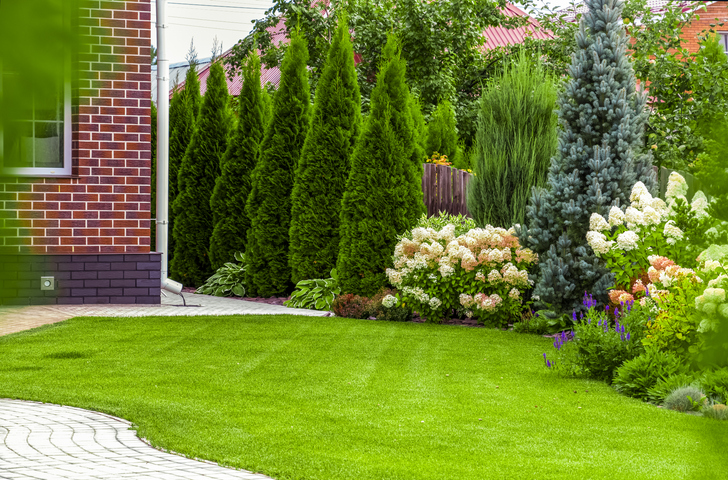Little Known Questions About Hilton Head Landscapes.
Little Known Questions About Hilton Head Landscapes.
Blog Article
Hilton Head Landscapes Fundamentals Explained
Table of ContentsExcitement About Hilton Head LandscapesAbout Hilton Head LandscapesSome Known Details About Hilton Head Landscapes The smart Trick of Hilton Head Landscapes That Nobody is DiscussingThe Ultimate Guide To Hilton Head LandscapesSome Known Factual Statements About Hilton Head Landscapes Not known Details About Hilton Head Landscapes The Facts About Hilton Head Landscapes Uncovered
Type compatibility is likewise a major component of unity in designone or two strikingly different forms are good for comparison and emphasis, but generally all various other kinds need to have some resemblances for a linked appearance. Structure refers to how coarse or great the surface area of the plant or hardscape material feels and/or looks.
Examples of plants with crude structure include philodendrons, agaves, bromeliads, hollies, palms, and hydrangeas. Characteristics that produce fine structure consist of small foliage; slim, strappy fallen leaves (yards) or tall, thin stems; tiny, thick twigs and little branches; long stems (creeping plants); and little, fragile flowers.
Some Known Factual Statements About Hilton Head Landscapes
Most plants are moderate structure, because they can not be explained as having either crude or fine structure. They are identified by medium-sized leaves with straightforward forms and smooth sides. The average-sized branches are not largely spaced nor commonly spaced, and the overall type is generally rounded or mounding. Medium-textured plants function as a history to web link and link the crude- and fine-textured plants.

To make a space really feel smaller sized, place the coarse structures along the external boundary and the great structures closest to the audience. The detail of the rugged structure makes the plants appear closer and makes the room feel smaller sized. The viewed appearance of plants can also change with the range from the plant.
Some Known Questions About Hilton Head Landscapes.
Vibrant shades boost the comparison and make the texture show up coarser, while soft colors can squash appearance. Hardscape with a coarse texturesuch as extremely rough rocks and vibrant, big timberstends to make all plant product show up more moderate distinctive. Developers commonly develop an appearance research study (Figure 8) theoretically to help decide the plan of plant materials.
Number 8. Appearance research. Shade in plant product and hardscape includes rate of interest and variety to the landscape. Shade is one of the most noticeable component in the landscape and is usually the emphasis of a lot of homeowners; nonetheless, it is also the most momentary component, generally lasting just a couple of weeks a year for individual plants.
Hilton Head Landscapes - The Facts
An easy summary of the shade wheel consists of the three primaries of red, blue, and yellow; the three second colors (a mix of two primaries) of environment-friendly, orange, and violet; and 6 tertiary shades (a mix of one surrounding key and additional shade), such as red-orange. Shade concept describes the connection of shades per other and how they should be made use of in a structure.

Analogous (often called unified) color design are any 3 to five colors that are nearby on the shade wheel, such as red, red-orange, orange, yellow-orange, and yellow, or blue, blue-violet, and violet (Landscaping bluffton sc). The colors are relevant to every various other due to the fact that they typically consist of 2 primaries mixed to create a second and 2 tertiary shades, which suggests they share typical residential properties
Complementary shades are often located normally in flowers; a typical set is yellow and violet. Color is discovered in the flowers, foliage, bark, and fruit of plants.
The Basic Principles Of Hilton Head Landscapes
Green foliage in all its different tones is the leading shade by amount, yet other shades catch attention quicker since of their high comparison to the shade eco-friendly. Color is additionally found in buildings, rocks, pavers, wood, and furniture. Most shades in all-natural products, such as stone and timber, are typically muted and often tend to be variations of brown, tan, and pale yellow.
Shades have homes that can impact emotions, spatial understanding, light quality, equilibrium, and emphasis. Amazing colors often tend to be calming and ought to be made use of in areas for leisure and tranquility.
An Unbiased View of Hilton Head Landscapes
The "temperature" of shades can additionally affect the understanding of range. Awesome colors tend to decline and are regarded as being farther away, making a space really feel larger. Cozy colors have a tendency to advance and are perceived as being closer, making a room feel smaller sized. Shade can also be made use of to capture attention and direct views.
Intense yellow, which has the highest strength, also has a high contrast with all various other colors (often explained as a "pop" of shade) and should be used moderately. A percentage of extreme color has as much aesthetic weight as a large amount of a much more controlled or weak shade.
Comparable (often called unified) color schemes are any type of 3 to five shades that are adjacent on the shade wheel, such as red, red-orange, orange, yellow-orange, and yellow, or blue, blue-violet, and violet. The shades belong to each various other because they normally consist of 2 key colors mixed to develop a secondary and two tertiary colors, which implies they share typical residential or commercial properties.
Some Of Hilton Head Landscapes
Complementary shades are usually discovered naturally in flowers; a common set is yellow and violet. Shade is found in the flowers, vegetation, bark, and fruit of plants.
Environment-friendly vegetation in all its various tones is the dominant shade by amount, but various other shades record attention quicker as a result of their high contrast to the shade green - Landscapers near me - https://issuu.com/h1tnhdlndscps. Color is also found in structures, rocks, pavers, timber, and furniture. A lot of shades in all-natural products, such as stone and timber, are commonly muted and often tend to be variations of brownish, tan, and light yellow
Getting My Hilton Head Landscapes To Work
Color is an important aspect for creating rate of interest and selection in the landscape. Shades have buildings that can affect emotions, spatial understanding, light top quality, balance, and focus. One residential property of shade is defined about temperaturecolors appear to be great or cozy and can affect emotions or feelings. Amazing shades often tend to be calming and ought to be utilized in areas for leisure and serenity.
The "temperature level" of shades can likewise impact the understanding of range. Trendy shades have a tendency to recede and are viewed as being further away, making an area feel larger. Warm shades often tend to development and are viewed as being better, making an area feel smaller. Shade can click site additionally be utilized to catch attention and straight sights.
Brilliant yellow, which has the highest intensity, also has a high comparison with all other shades (typically defined as a "pop" of shade) and must be used moderately. A percentage of intense color has as much visual weight as a huge amount of an extra restrained or weaker color.
Report this page